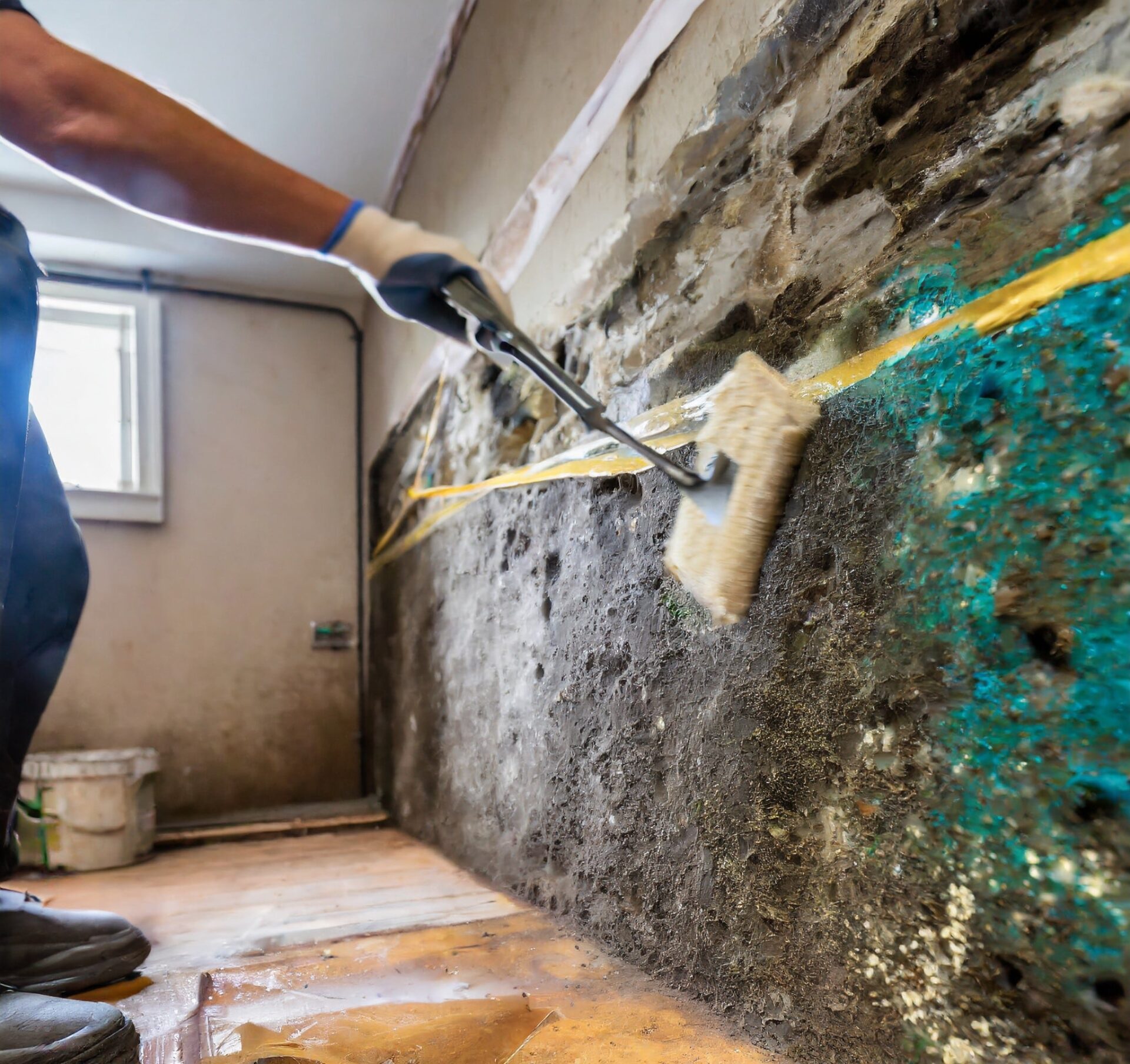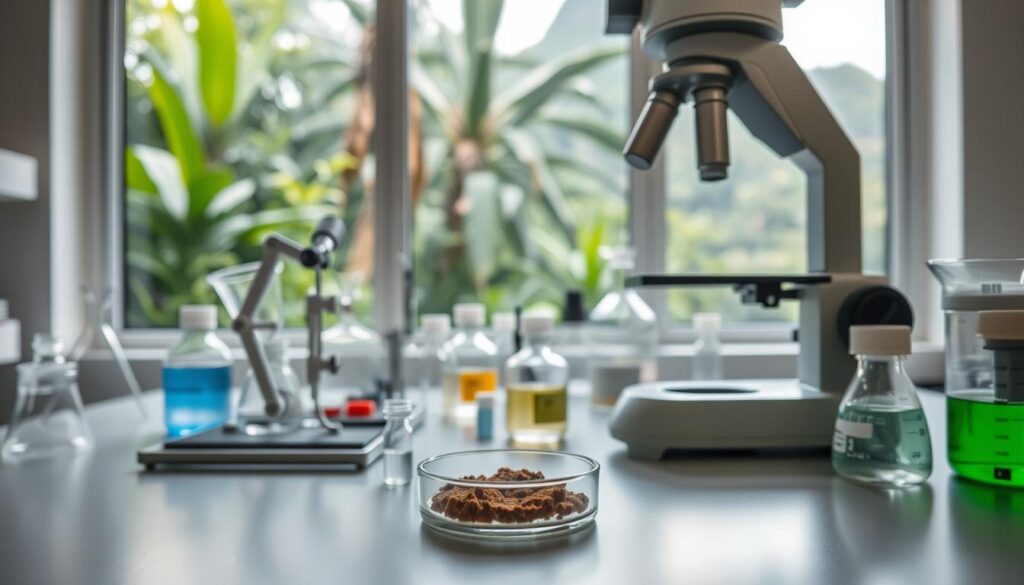Mould growth can pose significant health risks and damage to your property. In a humid climate like Cairns, mould can thrive on various surfaces, making early detection crucial. Conducting a surface mould test in Cairns helps identify the presence of mould, allowing for timely remediation. This guide will walk you through the process of conducting a mould growth test in Cairns effectively, ensuring your home or business remains safe and healthy.

Why Test for Surface Mould?
Mould testing is essential to:
- Identify hidden mould growth before it becomes a major issue
- Prevent health problems such as allergies, respiratory infections, and asthma
- Improve indoor air quality by detecting airborne mould spores
- Determine the effectiveness of previous mould remediation efforts
- Prevent structural damage caused by prolonged mould exposure
- Ensure compliance with health and safety regulations for businesses
Signs That You Need a Surface Mould Test
Some common indicators that warrant a surface mould test in Cairns include:
- A musty odour in certain areas of the property
- Visible black, green, or white patches on walls, ceilings, or furniture
- Increased allergy symptoms such as sneezing, coughing, or itchy eyes
- Peeling paint or wallpaper due to moisture buildup
- Water damage from leaks, flooding, or condensation
Tools Needed for a Surface Mould Test
To conduct a surface mould test in Cairns, you will need:
- Mould test kits (available at hardware stores or online)
- Sterile swabs or tape lift samples
- Protective gloves and mask
- Ziplock bags or sterile containers
- Labels and a marker
- A camera for documentation
- A moisture meter to check dampness levels
- A flashlight for inspecting hidden areas
Step-by-Step Guide to Conducting a Surface Mould Test
Step 1: Choose the Right Mould Test Kit
Different types of mould test kits are available, including:
- Swab Test Kits: Ideal for testing visible mould on hard surfaces.
- Tape Lift Kits: Used for collecting samples from walls, ceilings, and furniture.
- Petri Dish Settling Plates: Useful for assessing airborne mould spores but less effective for surface testing.
- Bulk Sample Kits: Require cutting out a small piece of affected material for laboratory analysis.
Step 2: Identify Areas for Testing
Inspect damp and humid areas such as bathrooms, kitchens, basements, and areas affected by water leaks. Pay close attention to:
- Walls and ceilings with discolouration or stains
- Window sills and air conditioning vents
- Carpets and upholstery that may retain moisture
- Wooden surfaces, cabinets, and furniture that are exposed to dampness
- Areas near leaking pipes, roof leaks, or water-damaged drywall
Step 3: Collect the Mould Sample
- Swab Test: Rub a sterile swab over the suspected mould area and place it in a sterile container.
- Tape Lift Test: Press clear adhesive tape onto the mould surface, peel it off, and stick it onto a glass slide or sample container.
- Petri Dish Test: If using a petri dish, leave it open for a few minutes near the affected area to collect airborne spores.
- Bulk Sample Test: Cut a small portion of the affected material and seal it in a sample container.
Step 4: Label and Store Samples
Clearly label each sample with:
- Date of collection
- Location of the test
- Sample type (swab, tape, petri dish, bulk)
- Suspected mould colour and texture
Step 5: Send Samples to a Lab
For accurate results, send the collected samples to a certified lab that specializes in mould growth testing in Cairns. They will identify the mould type, concentration levels, and provide recommendations for treatment.
Interpreting Mould Test Results
- Positive Test: Indicates the presence of mould that may require professional remediation.
- Negative Test: Suggests minimal or no mould growth.
- Unclear Results: Additional testing may be necessary, especially if symptoms persist despite a negative test.
- Elevated Spore Counts: May indicate a hidden mould problem requiring further investigation.
Preventing Mould Growth in Cairns
After completing a surface mould test in Cairns, take preventive measures to control mould growth:
- Reduce Humidity: Use dehumidifiers and air conditioners to maintain indoor humidity below 50%.
- Improve Ventilation: Open windows and use exhaust fans in moisture-prone areas like kitchens and bathrooms.
- Fix Leaks Promptly: Address plumbing leaks, roof damage, and condensation issues.
- Clean Surfaces Regularly: Use mould-resistant cleaners and anti-fungal sprays.
- Use Mould-Resistant Paint: Apply anti-mould coatings to walls and ceilings in high-risk areas.
- Remove and Replace Mouldy Materials: Discard porous materials such as carpets, insulation, and drywall if they are heavily contaminated.
When to Call a Professional
If your test confirms high levels of mould, or if the mould has spread over a large area, consider hiring mould remediation specialists. Professional services ensure complete mould removal and prevention strategies tailored to your home.
You should call a professional if:
- Mould covers an area larger than 1 square meter
- You experience persistent allergic reactions despite remediation efforts
- There is mould in HVAC systems or air ducts
- You notice extensive water damage that has not dried properly
- DIY cleaning does not eliminate the musty odour
Conclusion
Conducting a surface mould test in Cairns is an effective way to identify mould growth and take necessary actions before it worsens. By following the steps outlined above, you can protect your property and health from the adverse effects of mould. If in doubt, professional mould testing and removal services are always available to assist.


